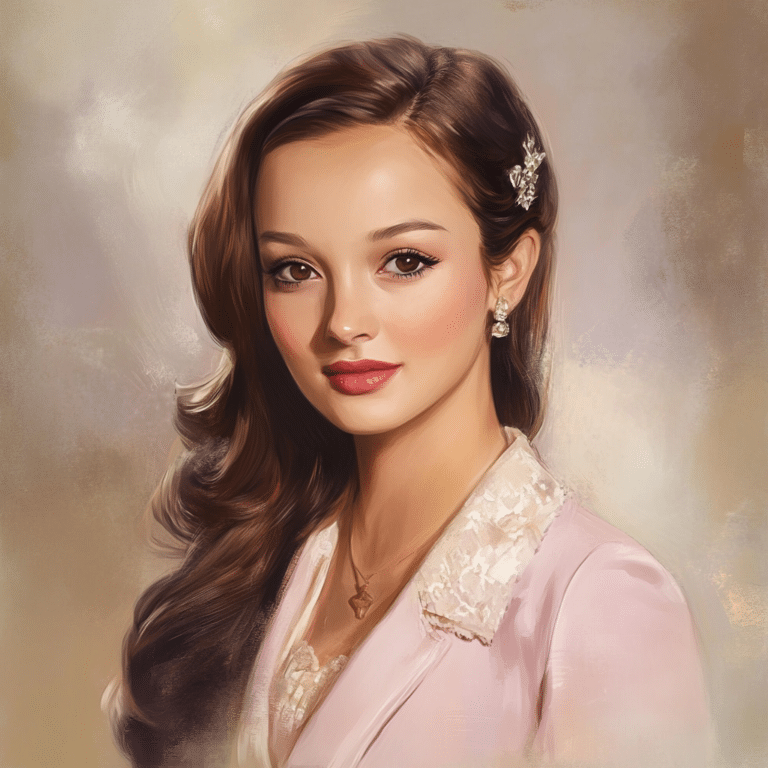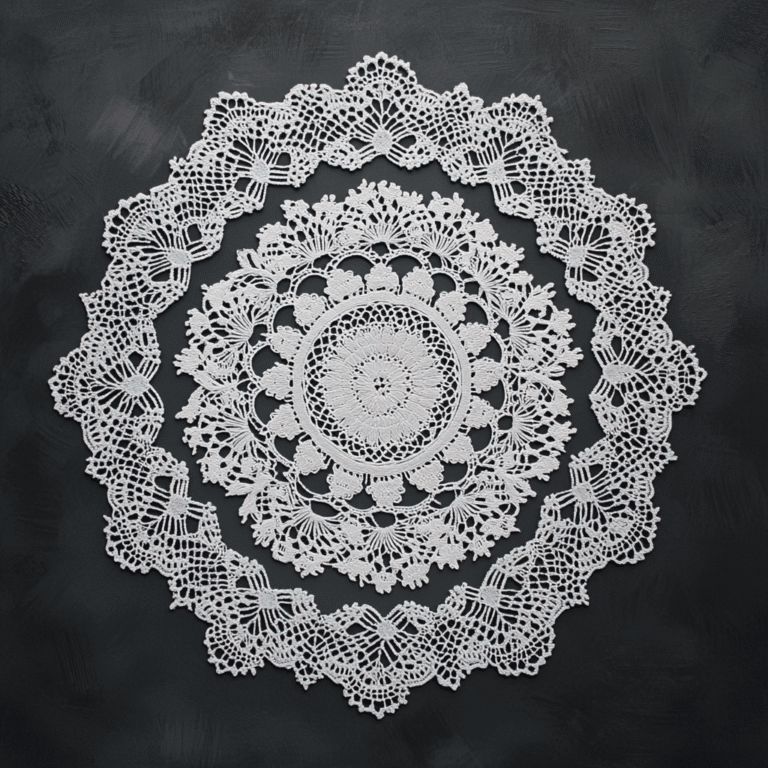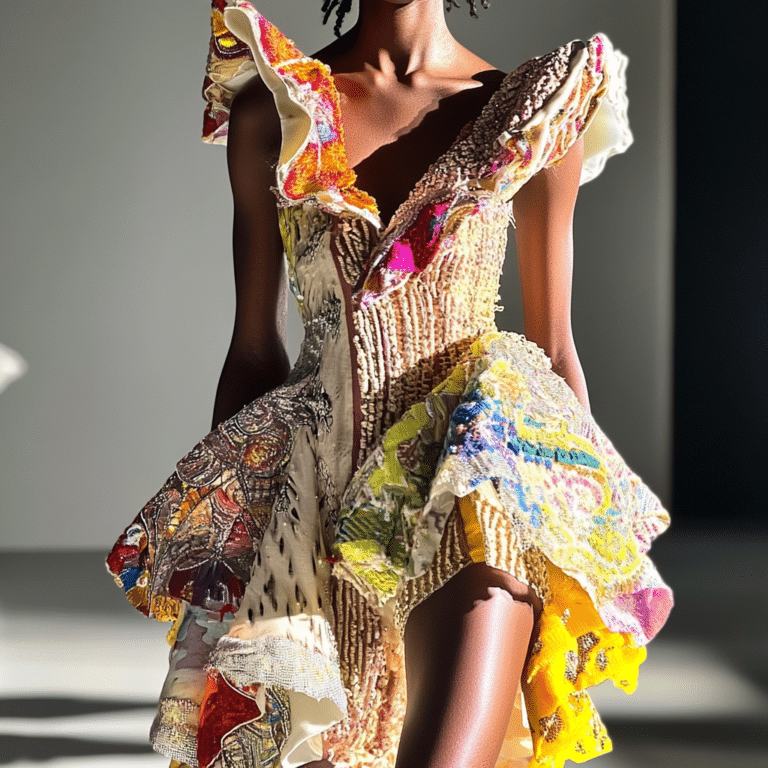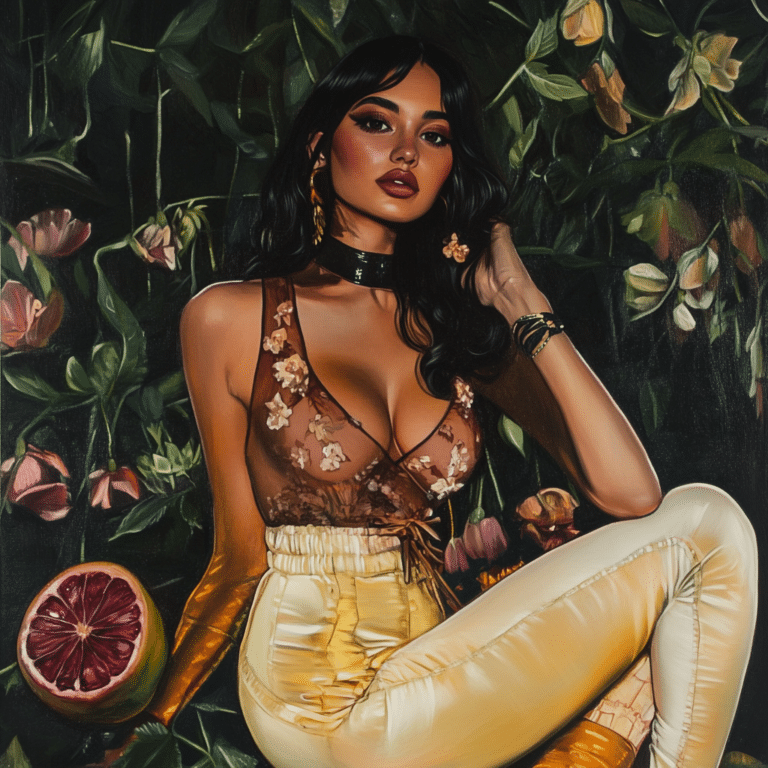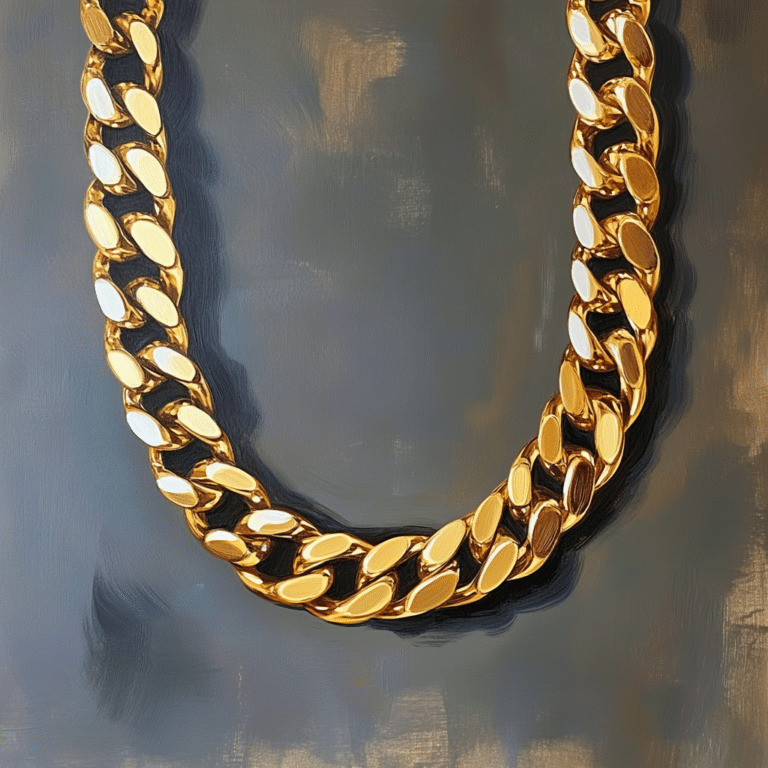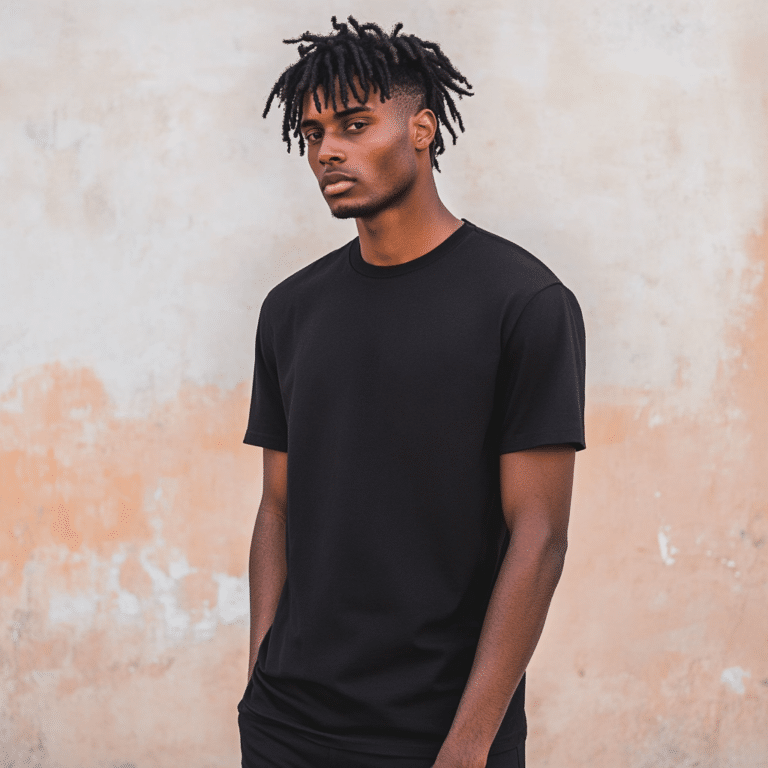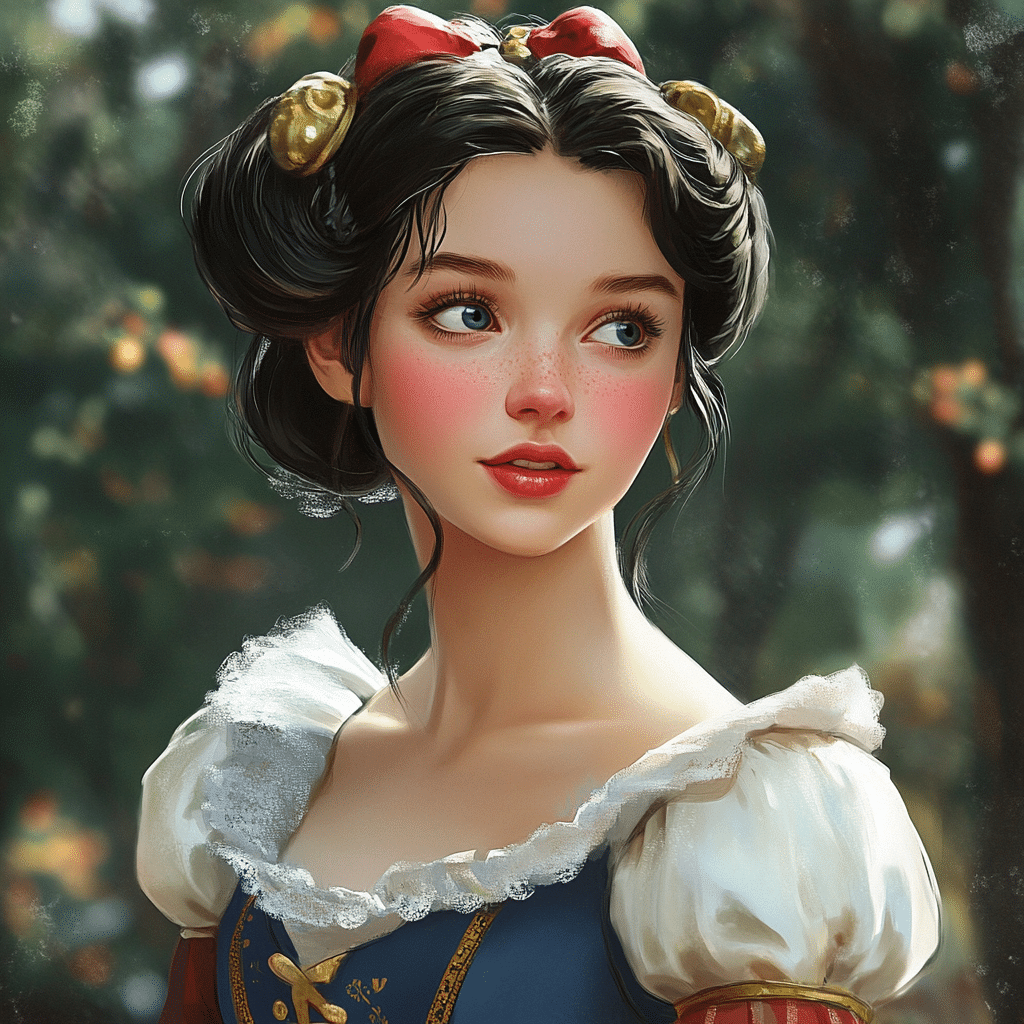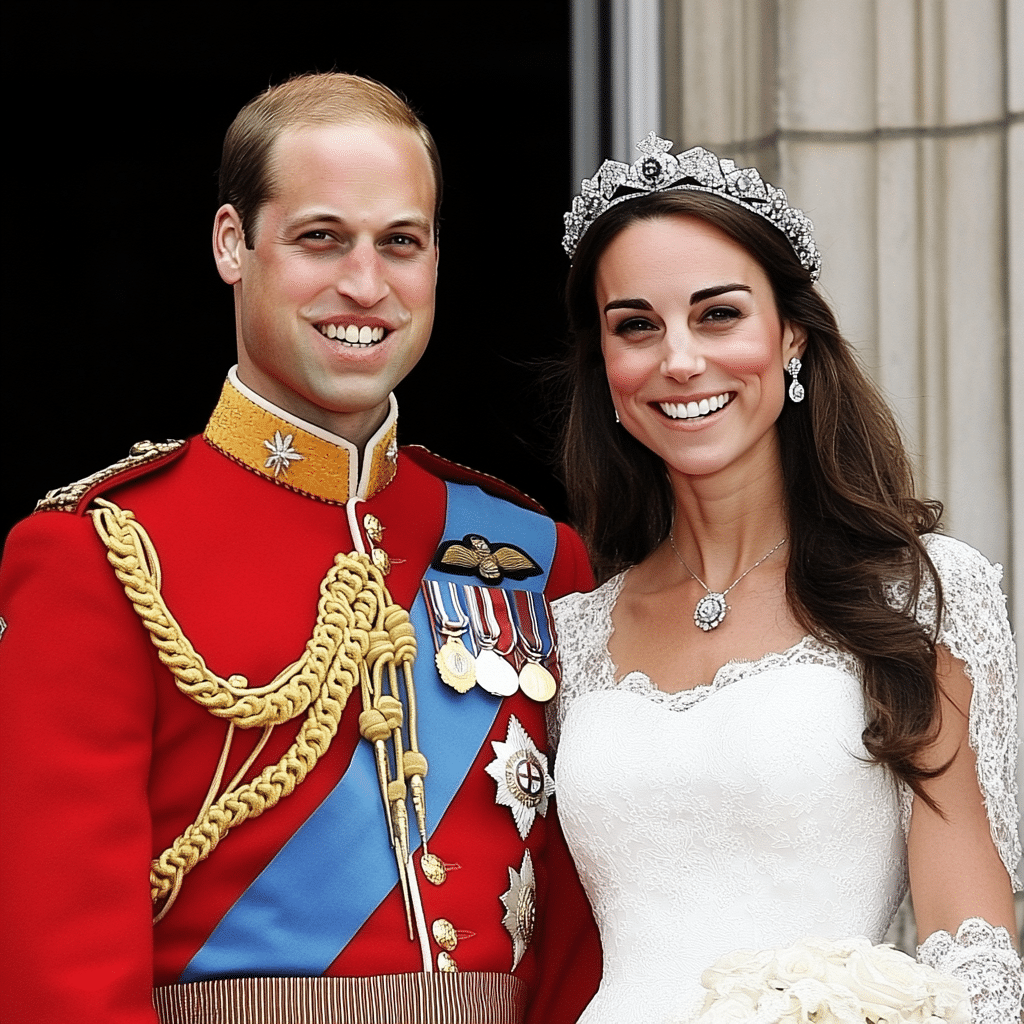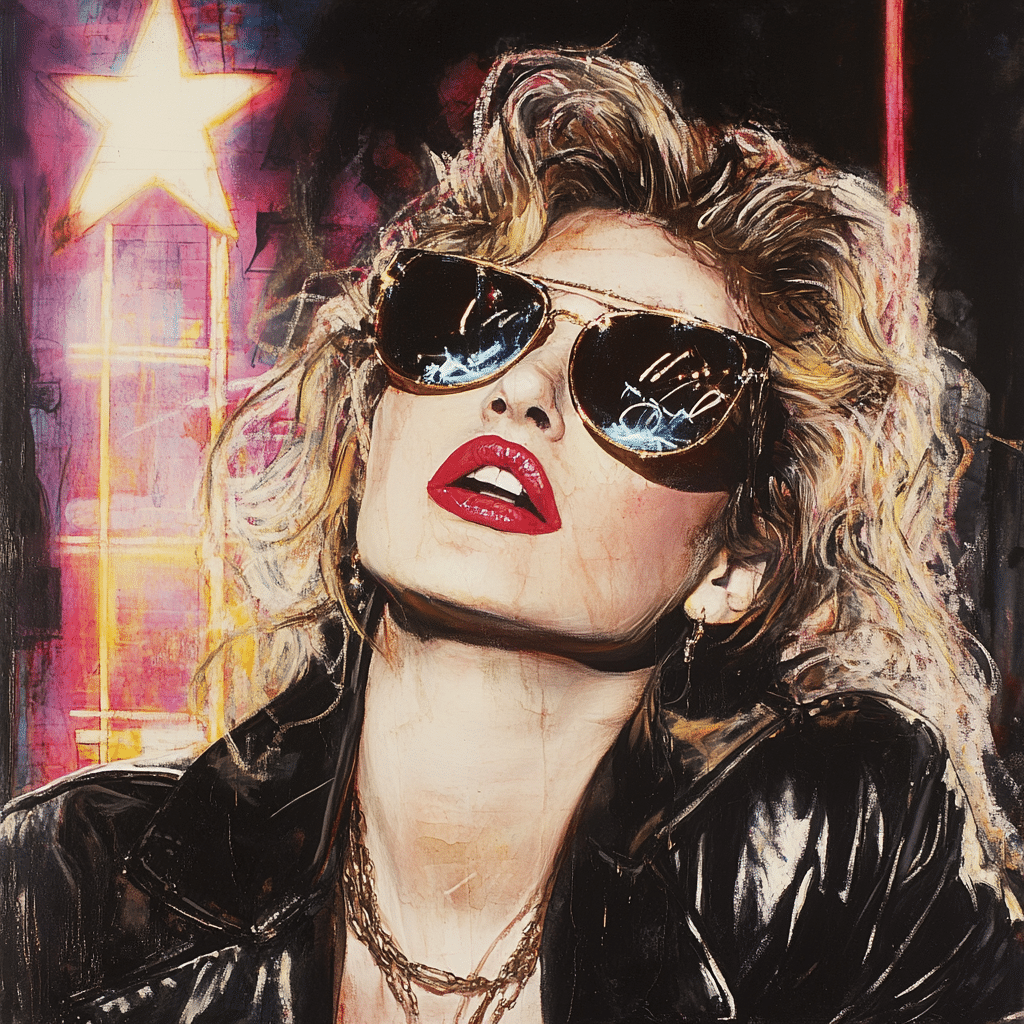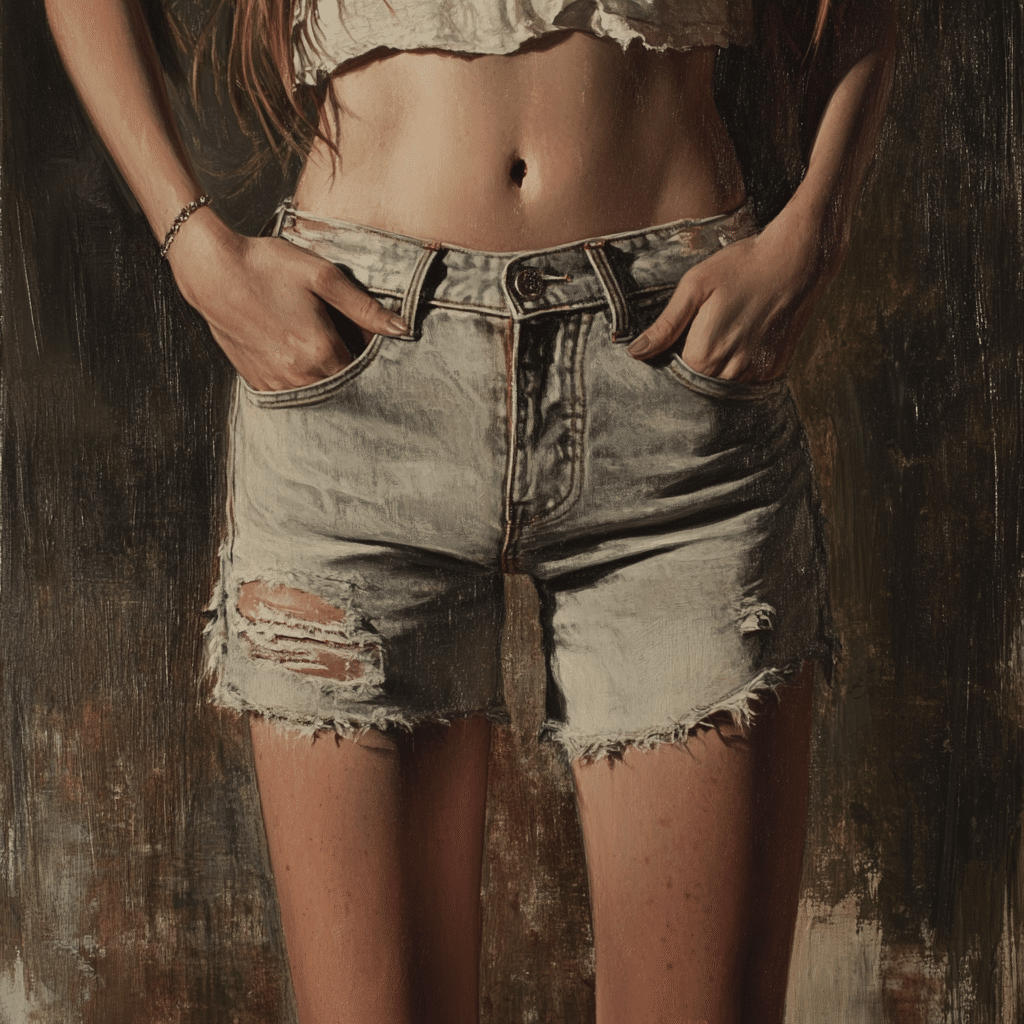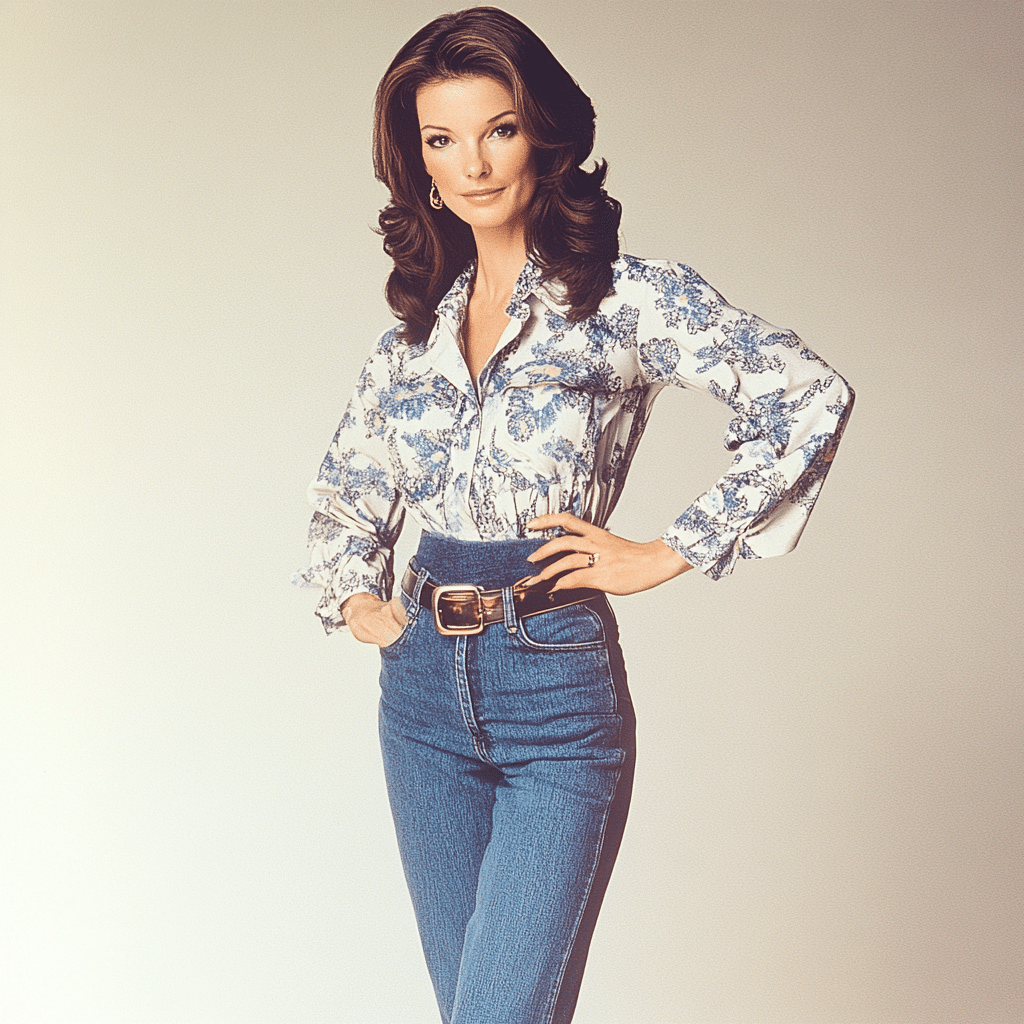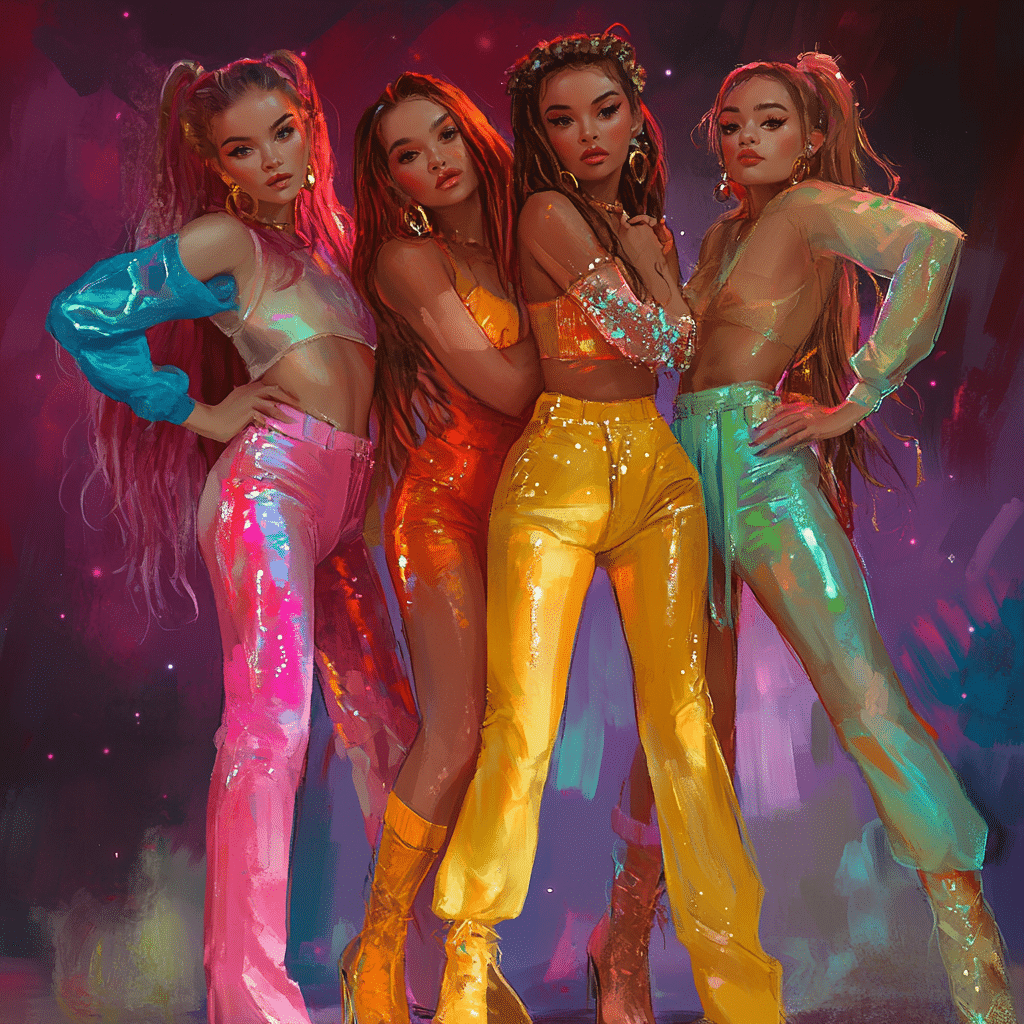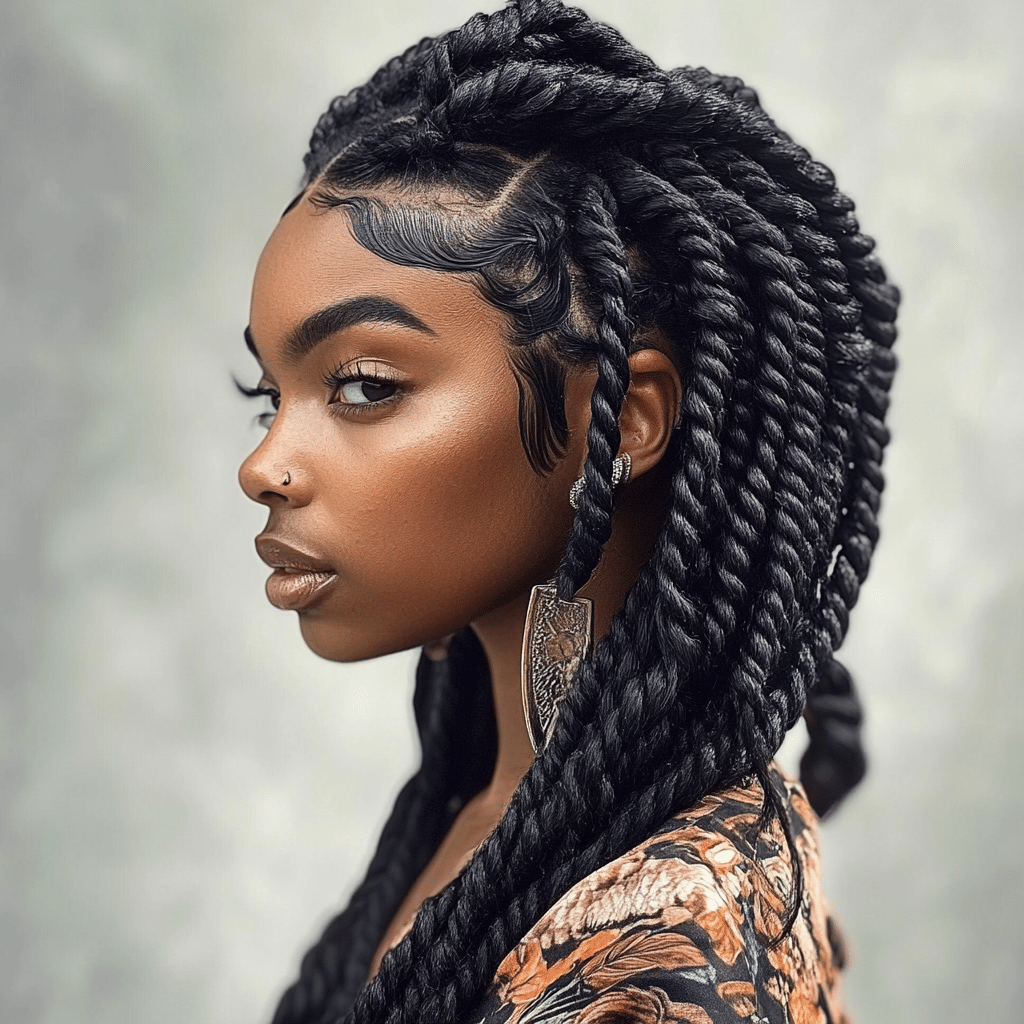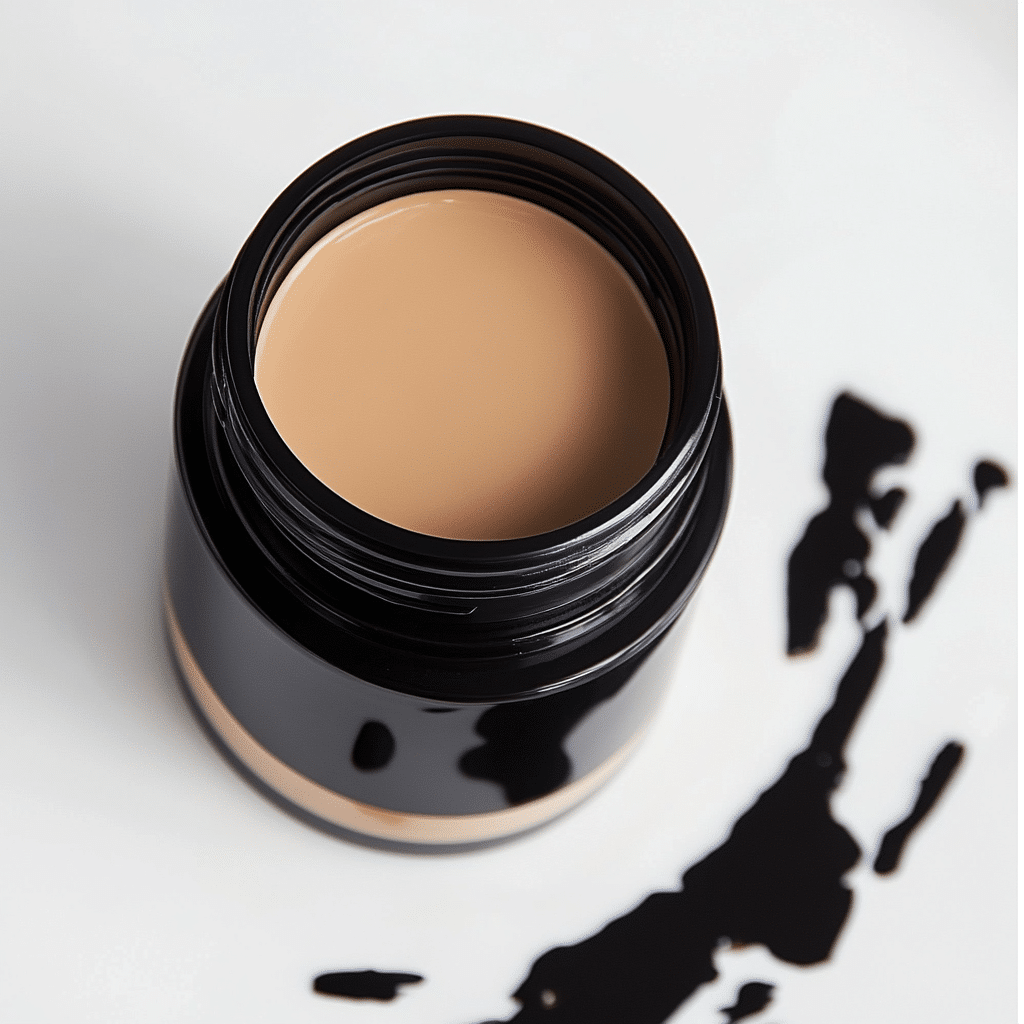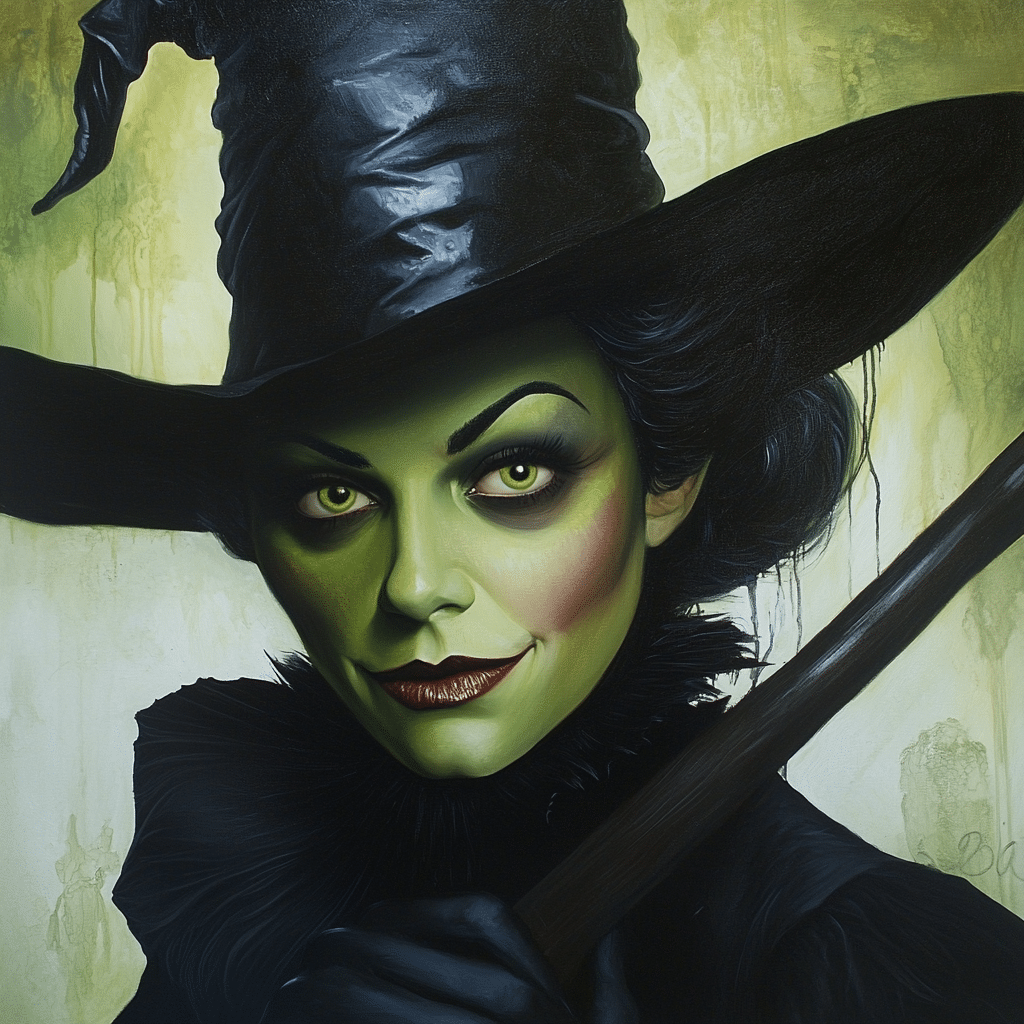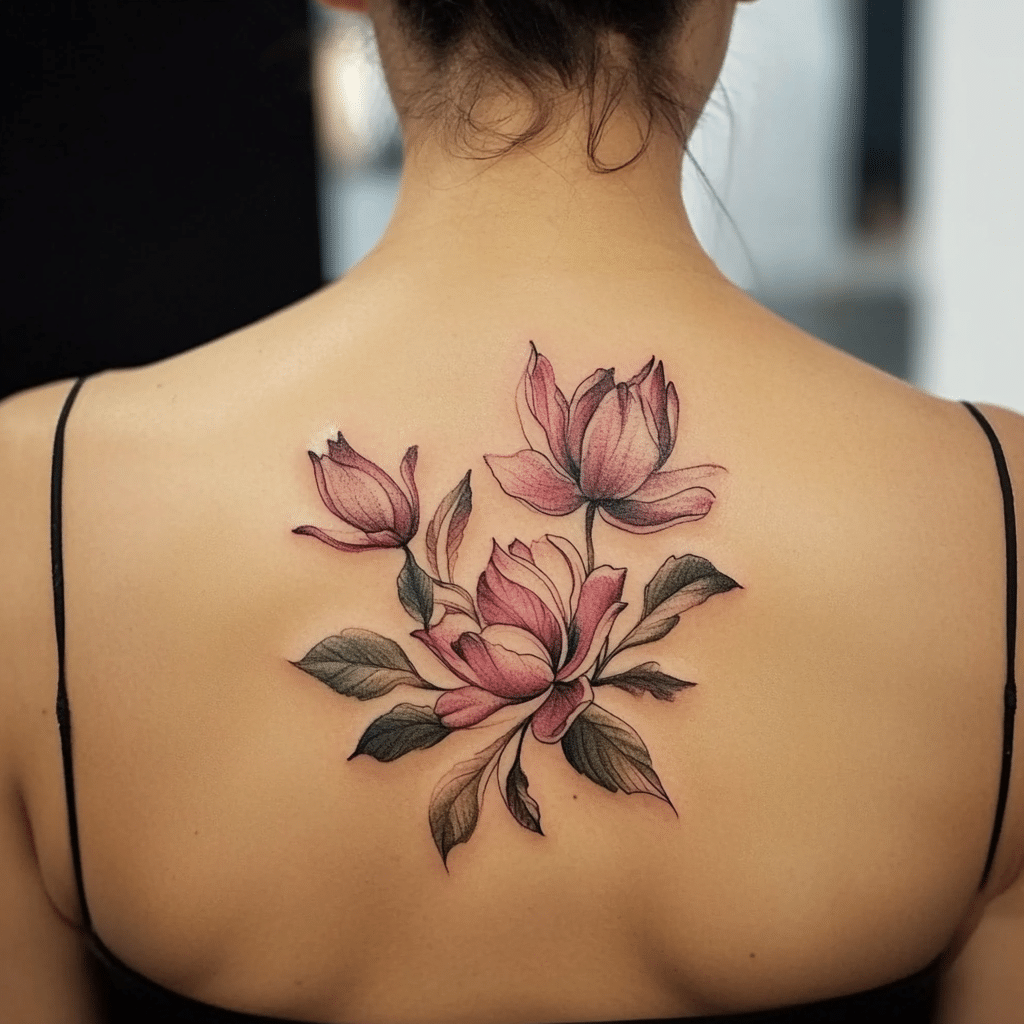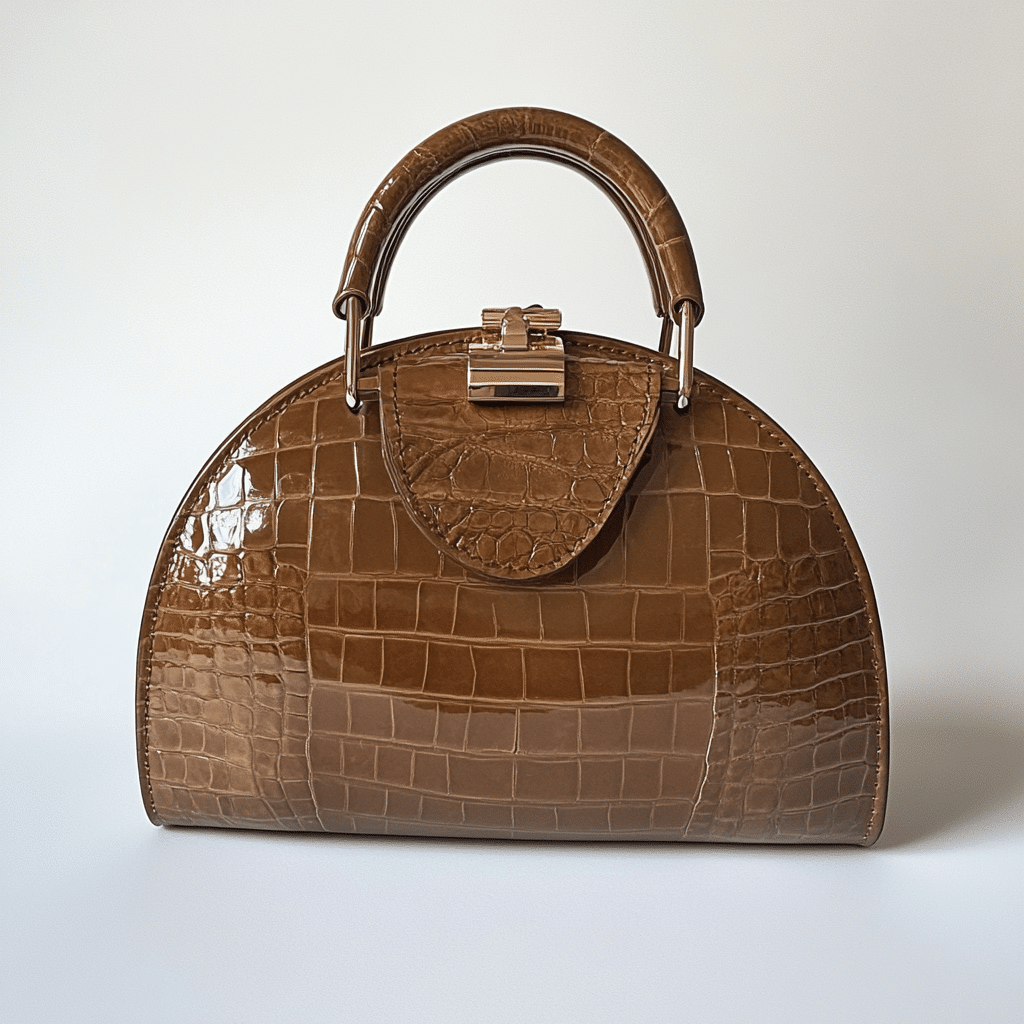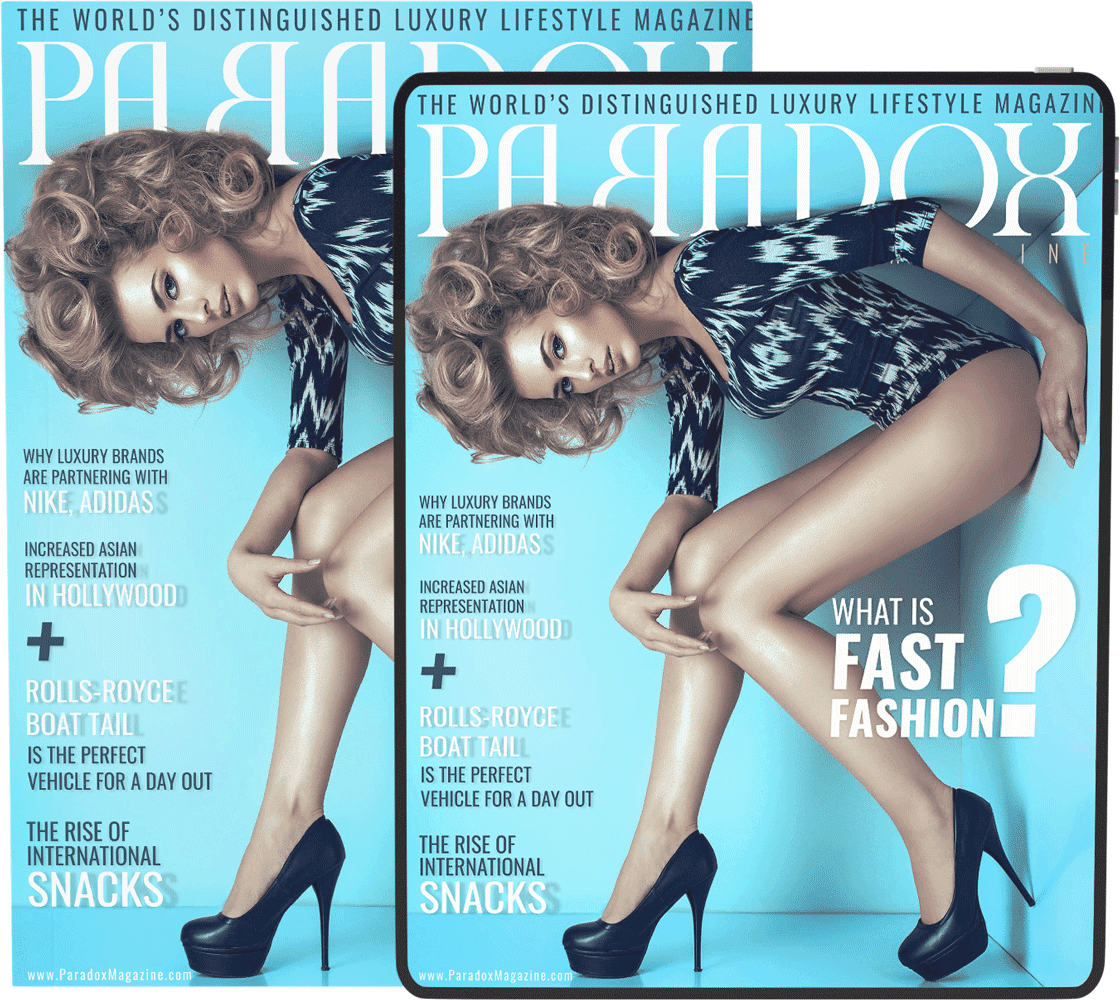Hear ye, hear ye, fashion aficionados and history buffs! If you’ve ever daydreamed about strutting through the cobbled streets of yore, decked out in the finery of the ages, you’re in for a rousing tale. The mighty doublet, the once chief upper garment that hugged the bodies of men from the 15th to the 17th century, has flurried back through time’s tapestry to captivate our modern hearts and wardrobes. From courtly peacocks to armored knights, this snug, waisted, and (let’s be frank) sometimes amusingly padded jacket has seen it all. With sides split, let’s unravel the fashion enigma and puffed mystique woven into the life of this timeless garment.
The Renaissance Revival: A Doublet’s Journey Through Time
Once upon a time, in a fashionista’s daydream of the 14th century, the doublet made quite the entrance as a tunic under shining armor. Let’s face it, who would’ve thought that something lurking beneath iron and steel would emerge as the trendsetter of its day? The doublet, the peacock of the wardrobe, strutted its egged-shaped glory from padded battle gear to the epitome of Renaissance swagger.
As the centuries unspooled like a golden thread, this dapper darling evolved. Imagine, if you will, the courts buzzing with whispers as the eye-catching padded monstrosity known as King Henry VIII’s doublet sashayed past. The pigeon-breasted silhouette, we’re talking serious “does my chest look big in this?” vibes, was particularly exaggerated in the late 14th century before the fashion-forward lot of the 15th century chose to flatten things out a touch.
It’s not just any old jacket, darlings. The doublet was the chameleon of its time; with sleeves for formality, minus sleeves (us hip folks call that a jerkin) for a casual jaunt. Whether it was adding some oomph under armor, keeping those cantankerous hose up, or just keeping a gent toastier than a chestnut at Yuletide, the doublet was your go-to garment.
CosplayDiy Mens Tudor Vest Victorian Suit Vest Tudor Jerkin Gothic Steampunk Waistcoat XL

$49.99
Add a touch of regal class and historical flair to your costume wardrobe with the CosplayDiy Men’s Tudor Vest. Designed with the opulent elegance of Tudor fashion in mind, this Victorian Suit Vest brings an air of authenticity to your gothic steampunk ensembles or period role-playing outfits. The exquisite craftsmanship showcases a richly textured brocade fabric, complemented by an array of ornate buttons and a refined, adjustable lace-up back, allowing for a tailored fit to flatter a gentleman’s silhouette.
The Tudor Jerkin Gothic Steampunk Waistcoat in size XL merges convenience and style with its easy-to-wear design, making it perfect for costume events, Renaissance fairs, or theatrical performances requiring a distinguished period look. The front closure is both decorative and functional, featuring period-accurate details that will capture the attention of onlookers and fellow enthusiasts. Fully-lined for comfort, this vest is as much a pleasure to wear as it is to behold, ensuring you maintain a noble bearing throughout your event.
Every CosplayDiy piece is a testament to the wearer’s discernment for high-quality historical costumes, and this Tudor-inspired waistcoat is no exception. Whether you’re attending a historical reenactment, a themed wedding, or seeking an exceptional addition to your cosplay collection, this vest promises to elevate your attire with its intricate design and period-authentic charm. Step back in time with sophistication and confidence when you don this Men’s Tudor Vest, a garment that embodies the grandeur of Victorian and Gothic influences alike.
The Artisan’s Touch: Traditional Doublet Craftsmanship Uncovered
I’ll let you in on a little secret – the tailors behind these fashion pieces were no ordinary stitchers. They were the unsung heroes, the guardians of the galaxy of craftsmanship, the ones who stitched literal hidden messages and utterly ostentatious finery into every thread. Take, for instance, the legendary Casa dei Vestiti in Florence—can you even deal with that name? It’s like they were destined to drape royalty.
These virtuosos of the needle took fabric, gems, and gold thread and played with them like Cardi B with whipped cream—pure, unapologetic artistry. And guess what, my fashion sleuths? We’ve spoken to modern-day artisans, those stalwarts of tradition who keep the flame burning bright, and their insights on the meticulous stitching, and fabric finesse of these historic garbs, are nothing short of riveting.

| Attribute | Description |
|---|---|
| Time Period | 15th to 17th Century |
| Origin Garment | Gipon (a tunic worn under armour) |
| Definition | A close-fitting, waisted, padded jacket worn over a shirt by men |
| Evolution | Started with skirts, gradually became shorter until skirts were lost |
| Doublet vs Jerkin | Doublet usually has sleeves, while a jerkin does not |
| Function | – Fashionable garment to shape the body according to the era’s fashion – Padding for body under armour during war – Support for hose – Providing warmth |
| Fashion Changes | – Egg-shaped or pigeon-breasted silhouette varied over centuries – More exaggerated shape in late 14th century – Flattened style in 15th century |
| Materials | Velvet, Silk, Cloth of Gold, Wool, Linen (depending on status and era) |
| Features | – Padded chest area – Waist silhouette – Tied or buttoned front – Sleeves (sometimes detachable) |
| Closures | Laces, buttons, or hooks-and-eyes |
| Accompaniments | Could be adorned with slashes, puffs, embroidery, or panes for decoration |
| Status Symbol | Finer materials and richer decoration indicated higher social status |
| Modern Influence | Inspirational element in historical reenactment, period films, and fashion design |
Doublets in Divergent Domains: The Garment’s Multifarious Roles
Oh, the doublet wasn’t just some one-trick pony; it was a beast of pure hockey, sliding gracefully between roles in society. Militaristic? Check. Courtly elegance? Double-check. Shakespeare wearing a writer’s version while churning out hits like a 16th-century Billboard chart-topper? You bet your last farthing!
Fashion’s cyclical nature meant it was only a matter of time before someone like Alessandro Michele at Gucci cast a longing eye back, plucked the doublet from the annals of history, and thrust it onto the runway faster than you can say, “That looks like something from Whos The Boss.”
Hidden in Plain Sight: Symbolism Stitched into Doublets
Now, my dears, lean in close because this bit is juicy. The doublet was a canvas, a platform for the whispered symbolism of its day. The Spanish Verdugado with its imposing splendor, the French Pourpoint with its sleek allure—these weren’t just regional variations; they were statements, declarations.
Choices of color, fabric, and patterns were never just a fashion moment but an entire conversation. Picture the 16th-century version of dropping into someone’s DMs — “Oh, Lord Puffington, your doublet’s embroidery screams allegiance to Lady Fancyfrill.” And wasn’t it just the subtle language of “I see you’ve chosen the blue silk, aligning with the Duke, you sly fox.”
GRACERT Renaissance Men’s King Henry VIII Costume with Hat Small
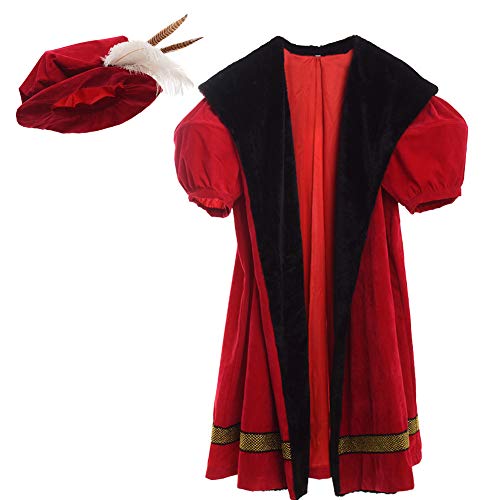
$65.99
Step into a world of opulence and power with the GRACERT Renaissance Men’s King Henry VIII Costume. This meticulously crafted attire is designed to rekindle the grandeur of the infamous Tudor king, down to the smallest detail. The costume includes a regal doublet, adorned with lavish brocade patterns, and a broad-shouldered coat that captures the authoritative presence of the 16th-century monarch. Complete with a sumptuous faux fur trim and signature puffed sleeves, this ensemble promises to turn heads at any masquerade ball or Renaissance fair.
The attire also features a pair of ornate, knee-length gabled breeches that exemplify the fashion of the era, perfect for portraying historical accuracy. The consideration for comfort is not lost; the breeches and doublet are made from a blend of premium fabrics that allow for ease of movement while maintaining an authentic, luxurious appearance. The richly colored ensemble is accented with period-accurate embellishments, including intricate buttons and roped accents, highlighting the splendor of the Renaissance court.
No King Henry VIII costume would be complete without his iconic headwear, and this package includes a carefully designed matching hat to crown your royal guise. The hat, styled with a coordinating brocade and feather plume, complements the costume and solidifies the noble stature of the wearer. This small-sized costume is tailored to fit with precision, ensuring you can channel the kings stately bearing with comfort. Embrace the legacy of one of England’s most memorable kings with the GRACERT Renaissance Men’s King Henry VIII Costume, and prepare to rule over your next costume event in true regal fashion.
Preservation and Provenance: The Ongoing Tale of Historical Doublets
You may be wondering, “where do these historical hotties rest now?” Well, they’re tucked away safely, under the watchful eyes of conservationists in places like the Victoria and Albert Museum. It’s a journey from the battlefield, or ballroom, to a life behind glass; a transition from functional to priceless.
The conservation of these garments is akin to a Carnival cruise from Galveston — it’s full of unexpected turns, meticulous planning, and tender care. Provenance, the fabulously fancy term for “where the heck did this come from?” unravels the intimate tales stitched within these age-old cloths. Take for example a doublet rumored to be worn by Charles I— if that’s not a celebrity endorsement, I don’t know what is.
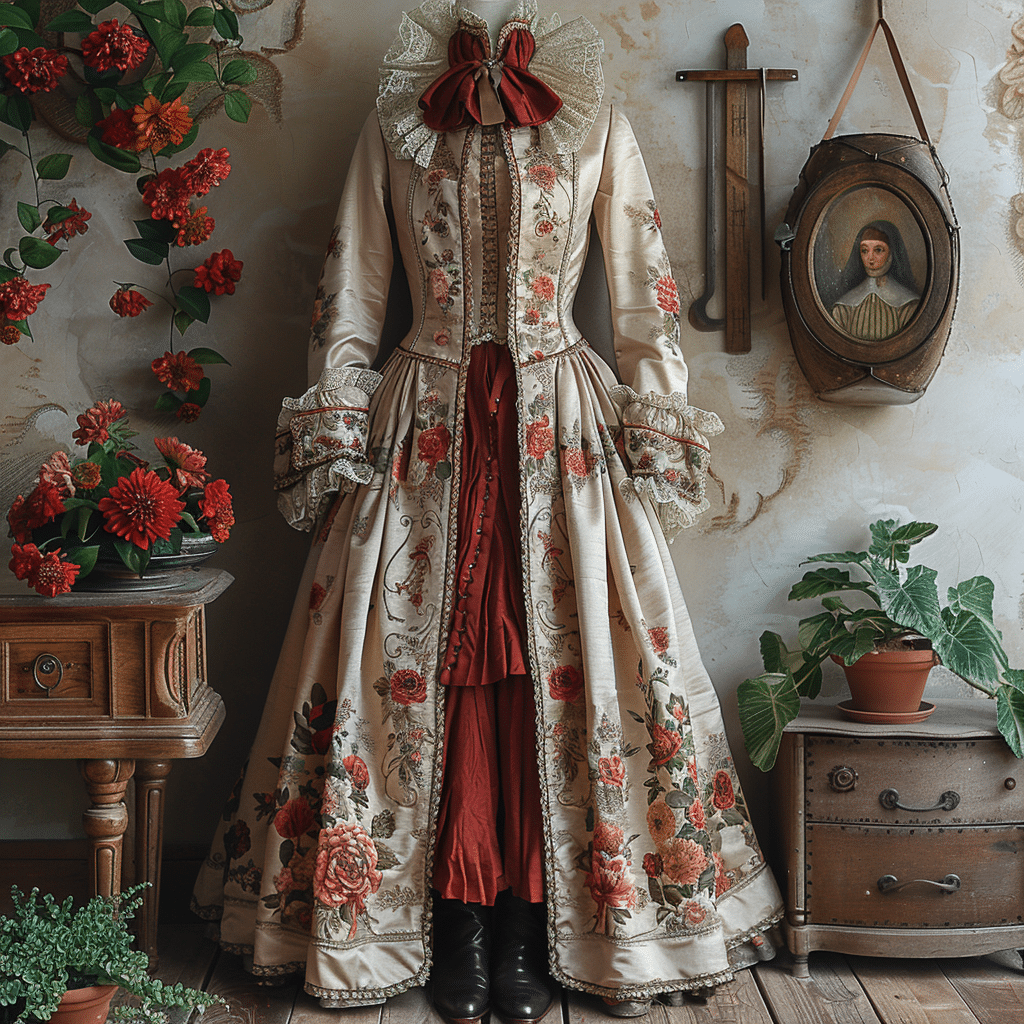
Conclusion: The Doublet’s Living Legacy
Drawing the threads of our sartorial saga to a close, we now understand that the doublet is not just a garment, but a garment woven through time, touching upon fashion, history, and social mores. Reflecting on pieces from Jeremy Strong Movies And TV Shows to Julie And Julia we see the impact of historical dress on contemporary storytelling.
It’s like looking through the pages of a Karina Aespa photo spread, seeing the echoes of history glimmering back at us. Dear readers, the doublet is more than a well-stitched relic; it’s a tapestry of humanity, sprinkled with the dust of ages and the sparkle of appreciation for the artistry of yesteryears. It’s not just about the clothes; it’s about the stories they tell and the legacies they leave behind.
So, take a moment today to tip your hat to the doublet, a humble piece that stood strong through war, whispered in the corridors of power, and still influences the silhouettes that strut down our modern catwalks. The doublet, dear readers, is a testament to the enduring power of fashion to shape our world – waistline and all.
Uncovering the Mysteries of the Historic Doublet
Ah, the doublet, that snazzy piece of attire that’s had more comebacks than a yo-yo in a playground. This snug-fitting jacket left a mark on fashion history that rivals the staying power of your grandmother’s fruitcake. But listen up, because we’re about to spill the beans on some lesser-known yarns about this garment that’s seen more action than an overzealous knight at a joust.
Tuikayoo HSLS Mens Herringbone Wool Vests Suit Business Tweed High Collar Waistcoats Slim Fit(Small, Navy)
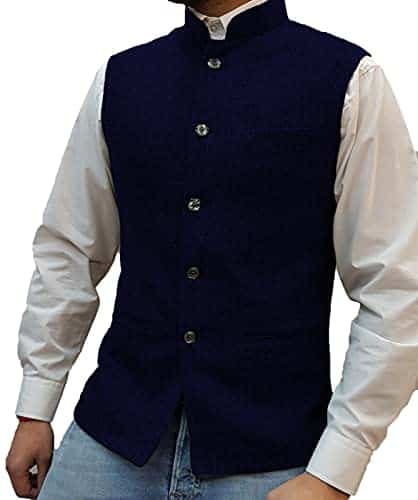
$26.90
The Tuikayoo HSLS Mens Herringbone Wool Vest is an exquisite piece of men’s fashion that exudes timeless elegance and sophistication. This slim-fit waistcoat, available in a classic navy color, is tailored to complement the modern gentleman’s physique, ensuring a sharp silhouette for a variety of social settings. Crafted from premium tweed wool with a distinctive herringbone pattern, this high-collar vest adds texture and depth to any professional or dressy ensemble.
Functionality meets fashion in the design of this handsome vest. Four well-placed pockets provide practical storage for small essentials, while the adjustable back strap guarantees a perfect fit, accentuating the wearer’s form. The attention to detail is evident in the meticulous stitching and durable buttons, which add a polished finish to the overall aesthetic.
Perfect for business events, weddings, or casual gatherings, the Tuikayoo HSLS vest is versatile and easy to pair with a crisp dress shirt and tie or a casual roll-neck sweater for a more laid-back look. It is an ideal choice for the man who appreciates a garment that offers both a smart appearance and lasting comfort. The Tuikayoo HSLS Mens Herringbone Wool Vest is not just an addition to your wardrobe; it is an investment in timeless style that can be cherished for years to come.
The Surprising Origin Story of the Doublet
Okay, gather ’round. The doublet didn’t just pop up out of nowhere like a jack-in-the-box. It’s said that this trendy number first strutted onto the scene in medieval times. Picture this—it’s the 14th century, and knighthood is the rave, but those clanky armors are giving everyone a headache. Enter the doublet, the perfect middleman, sliding underneath the armor like a letter into an envelope. And not just for comfort, oh no. It’s a bit like the saying, “all dressed up and no place to go”—these knights were itching for a dapper way to show off at court when the sword-swinging was done.
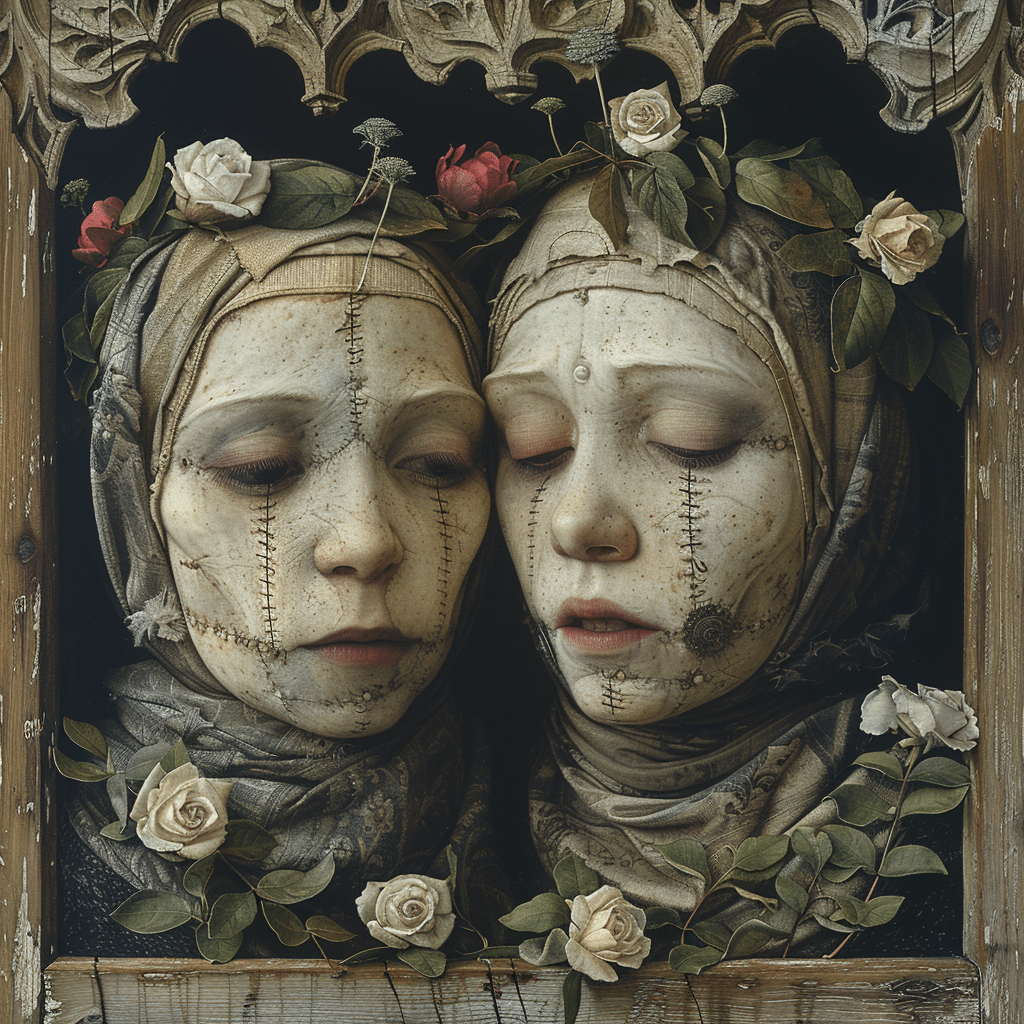
“Guardians of the Gala” – Doublets in Renaissance Revelry
So, the Renaissance rolls around, and life’s a party—or at least it felt like one with those grandiose carnivals, which were like the carnival cruise From Galveston, without the seasickness. Nobles weren’t just slapping on any ol’ doublet; they flaunted silk, velvet, and jewels that screamed “look at me! louder than a peacock in mating season. These soirees were the real deal, kind of like if “Guardians of the Galaxy 3” threw a costume bash and everyone leaked their own Spoilers about what they’re wearing.
Doublets and Desserts – A Sticky Fashion Statement
Now, don’t drop your monocle, but doublets had their sticky moments, and I’m not talking about a mishap with the honey pot. Imagine a fashion world where it’s hip to look like you dipped shoulders-first into a vat of Whipped cream, a la Cardi B on stage. Ruffs and padded shoulders on doublets started to balloon in the 16th and 17th centuries like they were trying to impersonate a pastry chef’s prize creation—big, bold, and perhaps loaded with more fluff than substance.
The Unsung Heroes Behind the Doublet’s Creation
Here’s a nod to the unsung heroes: the tailors. These magicians of the needle and thread were the real MVPs. To craft a doublet that didn’t make you look like a stuffed turkey took skills sharper than the edge of Excalibur. Tailors had to be smoother than a charmer in a moonlit serenade, measuring and cutting with precision that could trick the eye and flatter the not-so-knightly figures of the local gentry.
Doublet: The Fashion Phoenix
Fast forward to today and the doublet is having another moment, ’cause fashion has more lives than a cat with a nap habit. Like a phoenix rising from the ashes, the doublet is sneaking back into modern wardrobes but with a twist, as fashionistas mix vintage vibes with contemporary cuts.
So there you have it, a barrel of fun facts about the historic doublet that’s been more revived than a daytime soap opera character. Who knew a jacket could carry so many secrets up its puffy sleeve?
CosplayDiy Tudors men style outfit Henry tudor jerkin doublet Renaissance Nobleman doublet cosplay costume M
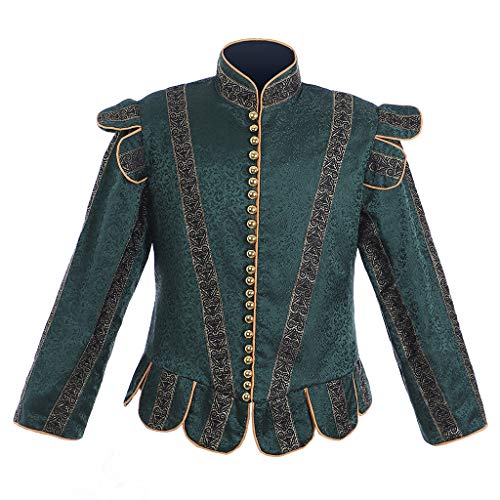
$60.99
Elevate your Renaissance fair experience or cosplay event with the CosplayDiy Tudors Men Style Outfit, a meticulously crafted ensemble that captures the essence of the opulent Tudor era. This Henry Tudor Jerkin Doublet offers history buffs and enthusiasts an opportunity to embody nobility through its intricate design and authentic period detailing. Made from high-quality fabrics, it includes a doublet that resonates with the fashion of Renaissance noblemen, featuring padded shoulders, embellished buttons, and fine decorative trim that showcases the craftsmanship of the time.
This attire is not just about aesthetics; comfort plays a significant role in its construction, ensuring that you can maintain the regal stance of a Tudor noble throughout the day. The Renaissance Nobleman Doublet is tailored to allow for ease of movement, without sacrificing the historically-inspired silhouette that is essential for accurate portrayal. The durable materials and solid stitching mean that this costume can withstand the rigors of festivals, theatrical productions, and various costume events, making it a versatile addition to any historical wardrobe.
The CosplayDiy outfit comes in a size medium, designed to fit a range of body types while retaining the quintessential fit expected of period attire. Each piece of the ensemble is crafted with attention to detail, ensuring you’ll stand out in your portrayal of a Tudor era figure. Whether you’re attending a themed event, participating in a stage production, or simply celebrating the grandeur of Renaissance history, this nobleman doublet costume is your key to an immersive, authentic experience.
What is a doublet in medieval times?
What is a doublet in medieval times?
Well, hold your horses, let’s travel back in time! In medieval hodgepodge, a doublet was the bee’s knees for men’s fashion from the 15th to the 17th century. Think of it as the granddaddy of the modern jacket, eh? This nifty garment, snug at the waist and often padded, sat over a shirt like icing on a cake. It was the go-to piece for gents aiming to add a bit of oomph to their silhouette or some extra padding under their armor. You might say it was the superhero cape of yore!
What is the difference between a doublet and a jerkin?
What is the difference between a doublet and a jerkin?
Alright, let’s split hairs here: historically, folks have thrown around ‘doublet’ and ‘jerkin’ like they’re going out of style, pretty much interchanging them. But, if you wanna get down to brass tacks, typically, a doublet comes with sleeves, while a jerkin is sleeveless – sort of like your jacket versus your vest. Both are shirts’ best buds, but the difference is all in the arms!
Why did men wear doublets?
Why did men wear doublets?
Guys back in the day wore doublets for a handful of nifty reasons. This jack-of-all-trades garment sculpted the popular body shape of the times, puffed up a little something-something under their armor during a scuffle, kept their hose up by tying them to it, and, let’s not forget, it kept the chill off. So, whether they were strutting on the battlefield or the fashion scene, doublets were their trusty sidekick.
What does a doublet look like?
What does a doublet look like?
Imagine you’re at a Renaissance fair. The doublet, that zinger of an outfit piece, would catch your eye with its signature egg-shaped or pigeon-breasted silhouette. It wasn’t just one-size-fits-all, though—the shape evolved over time, from almost comically round in the late 14th century to playing it cool with a flatter look in the 15th. It was the real McCoy of medieval fashion!
What is a doublet in the Bible?
What is a doublet in the Bible?
Hang tight, biblical doublets aren’t quite what you’re picturing; we’re not talking medieval fashion here. In the Good Book, a doublet is a bit like déjà vu—it’s when a tale gets told twice, each time with a slightly different spin. Scholars reckon it’s due to multiple scribes having a go at the same story. So, it’s a narrative twofer rather than a snazzy outfit.
What is a Scottish doublet?
What is a Scottish doublet?
Put on your kilt, and let’s head to the Highlands! A Scottish doublet is that dapper, traditional jacket worn with kilts for those fancy occasions, like tossing a caber or a ceilidh dance-off. It’s the haggis of Highland dress: distinct, full of character, and sure to make a statement (especially in a gusty gale)!
What was worn under a jerkin?
What was worn under a jerkin?
Under a jerkin, you’d likely find a fellow rocking a shirt or maybe a doublet, if he was going for the layered look. It was kind of the undershirt to the main event, keeping everything polite and proper, and, let’s face it, helping to soak up the day’s sweat and toil. It was all about layering up!
What were medieval doublets made of?
What were medieval doublets made of?
Those medieval fashionistas didn’t mess around; their doublets were made from the cream of the crop in fabric choices. We’re talking velvets, silks, damasks—materials that said, “I’ve arrived, and I’m fabulous.” For the everyday Joe, though, more modest materials like linen or wool did the trick.
What was a doublet and hose?
What was a doublet and hose?
Right, so the doublet and hose were like the medieval answer to “shirt and pants”. The top half, the doublet, hugged the bod and was often tied to the hose—those tight-fitting leg coverings that left little to the imagination—to keep everything in place. Men strutted in this dynamic duo from the 15th century till somebody finally realized that pants were a good idea.
Why do men’s pants have a hole in the middle?
Why do men’s pants have a hole in the middle?
Ahem, let’s talk practicalities. The hole, my friend, is a fly, and it’s there for, well, when nature calls. It’s one of those clever design spin-offs from the Middle Ages that’s still around because, frankly, it’s handy for bathroom breaks without going full monty on undressing!
Did men really wear tights in the Middle Ages?
Did men really wear tights in the Middle Ages?
You bet your bottom dollar they did! In medieval times, tights—or ‘hose’, as they called them—were all the rage for men. It was about showing off those chiseled calf muscles, kind of like today’s skinny jeans. So, next time you’re sporting a stretchy pair, tip your hat to those trendsetting knights and nobles.
Did men really wear tights in medieval times?
Did men really wear tights in medieval times?
Repeat after me: men in tights—check! Back in the day, snug hose were the go-to legwear for the fellas, and nobody batted an eye. It was part of the whole doublet and hose get-up, and let’s just say it left little to the imagination. Robin Hood and his merry men had nothing on these original fashion-forward gents.
What do you wear under a doublet?
What do you wear under a doublet?
Underneath all that doublet swagger, you’d find a shirt that was part function, part fashion. It kept the doublet from getting icky with sweat (yuck!), plus it added a layer of cozy in those drafty old castles. Think of it as the medieval base layer before we got all high-tech with our fabrics.
How do you know if it’s a doublet of doublets?
How do you know if it’s a doublet of doublets?
Talk about mind-bending! A doublet of doublets sounds like a mouthful, but you’ll know one when you see it. It’s when you get double the trouble—or rather, the layers. Picture a doublet, then slap another one over it, usually in a slicker, fancier fabric. It’s doublet-ception!
What is a ruby doublet?
What is a ruby doublet?
Let’s jewel up the convo! A ruby doublet isn’t something you’d toss in your wardrobe. It’s a two-part gemstone trick, where a slice of genuine ruby is glued to a piece of synthetic or less valuable material. It’s like a magical gemstone sandwich that gives you the bling without breaking the bank.
What was worn under a doublet?
What was worn under a doublet?
Under a doublet, there was no skipping on layers; you’d find a trusty shirt waiting in the wings. It was the unsung hero that kept things fresh and comfy while adding a much-needed barrier against those less-than-soft doublet fabrics. Without it, you’d feel like a knight without his armor!
What is a doublet and what is one example?
What is a doublet and what is one example?
All right, let’s get down to basics. A doublet is like having two of something smushed into one—two peas in a pod. An easy example? Think of a double cheeseburger (yum!)—it’s two patties squished together to double the deliciousness. Same idea, just with, say, clothes or gemstones instead of grub.
What was a doublet and hose?
What was a doublet and hose?
A quick refresher: the doublet and hose were the dynamic duo of medieval men’s wear. The doublet wrapped around the torso, while the hose brought the heat to those legs. They were a package deal, with the doublet often providing handy ties to keep those hose hitched up high and tight.
Did doublets have pockets?
Did doublets have pockets?
Now, this is where things get a bit sticky—doublets, flashy as they were, didn’t come with built-in pockets like our modern jackets. Instead, fellas had to get crafty, tucking their essentials into the hose or utility belts. But hey, at least they didn’t have to worry about losing their phones… because, you know, they didn’t exist yet!


